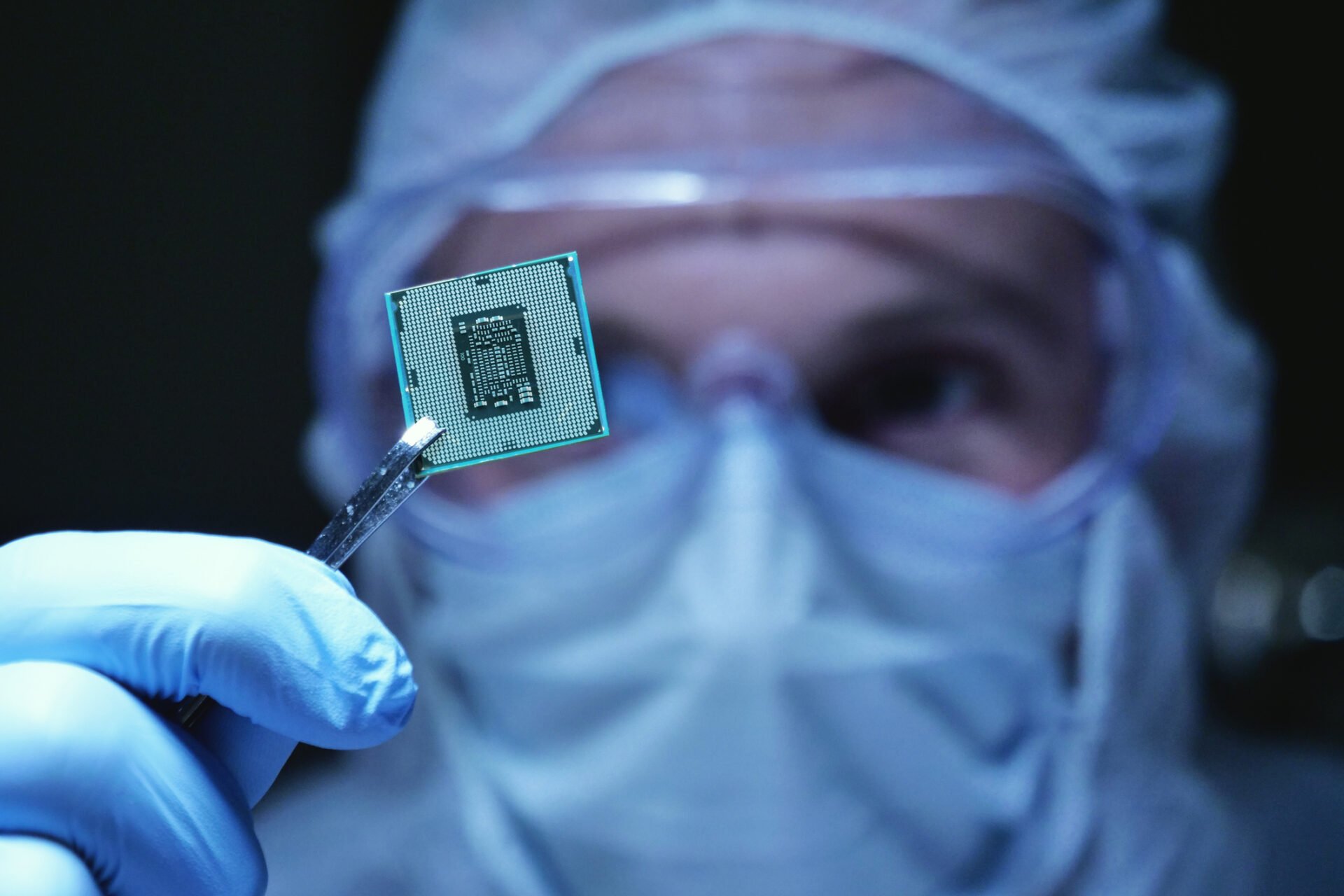An international team led by Jülich researcher Francesca Santoro has developed an intelligent biochip that mimics the retina of the eye. The team hopes to use this and similar bioelectronics to correct malfunctions in the body and brain. The chip is a joint effort by scientists from Forschungszentrum Jülich, RWTH Aachen University, the Istituto italiano di tecnologia and the University of Naples.
The fusion of man and machine is the epitome of a science fiction story. In reality, the first steps towards such cyborgs have long since been taken: people wear pacemakers to treat arrhythmia or cochlear implants to improve their hearing. And retinal implants help almost blind people to see at least a little. A new chip could help retinal implants to merge even better with the human body in the future. It is based on conductive polymers and light-sensitive molecules that can be used to imitate the retina, including the visual pathways. It was developed by the working group led by Prof. Francesca Santoro at the Jülich Institute of Bioelectronics (IBI-3) in collaboration with RWTH Aachen University, the Istituto italiano di Tecnologia in Genoa and the University of Naples.
“Our organic semiconductor recognizes how much light falls on it. Something similar happens in our eyes. The amount of light that hits the individual photoreceptors ultimately creates the image in the brain,” explains Santoro, who is also Professor of Neuroelectronic Interfaces at RWTH Aachen University and a visiting scientist at the Istituto italiano di Tecnologia.
Versatile chip
The special feature of the new semiconductor is that it consists entirely of non-toxic organic components, is malleable and works with ions, i.e. charged atoms or molecules. This makes it much easier to integrate into biological systems than conventional rigid semiconductor components made of silicon, which only work with electrons. “Our body cells use ions in particular to control certain processes and exchange information,” explains the researcher. However, the development is only a “proof of concept”, she emphasizes. The material was synthesized and then characterized: “We were able to show that it can mimic the typical properties of the retina,” she says.
And the researchers are already thinking of another possible application: the chip could also act as an artificial synapse, because light irradiation changes the conductivity of the polymer used in the short and long term. Real synapses work in a similar way: By transmitting electrical signals, for example, they change their size and efficiency, which is the basis of our brain’s ability to learn and store information. “In future experiments, we want to couple the components with biological cells and connect many individual ones together,” Santoro looks ahead.
Understanding neurons
In addition to the artificial retina, Santoro’s team is developing further approaches for bioelectronic chips that can interact with the human body in a similar way, especially with the cells of the nervous system. “On the one hand, we are trying to recreate the three-dimensional structure of nerve cells and, on the other, their functions, such as processing and storing information.”
The biopolymers they used for the artificial retina proved to be a suitable starting material. “This allows us to replicate the branched structure of human nerve cells with their many dendrites. You can imagine it a bit like a tree,” explains the scientist. This is important because real cells prefer such branched three-dimensional structures to smooth surfaces and thus establish close contact with the artificial ones.
The different biochips can be used to study real neurons – for example the cellular exchange of information. On the other hand, Santoro and her team hope to be able to actively intervene in the communication pathways of the cells with their components at some point in order to trigger certain effects. Santoro is thinking here, for example, of eliminating errors in the processing and transmission of information that occur in neurodegenerative diseases such as Parkinson’s or Alzheimer’s disease. Or to support organs that no longer function properly. In addition, such components could also serve as an interface between artificial limbs or joints.
Computer technology could also benefit. Due to their properties, the chips are predestined to serve as hardware for artificial neural networks. So far, AI programs still work with classic processors that cannot adapt their structure. They merely imitate the self-learning mode of operation of changing neural networks using sophisticated software. That is very inefficient. The artificial neurons could remedy this current shortcoming: “They would enable computer technology that imitates the way the brain works at all levels,” says Santoro.
Original publication:
Federica Corrado et al, Azobenzene-based opto-electronic transistors for neurohybrid building blocks, Nat. Commun. (2023) DOI: 10.1038/s41467-023-41083-2 https://doi.org/10.1038/s41467-023-41083-2











